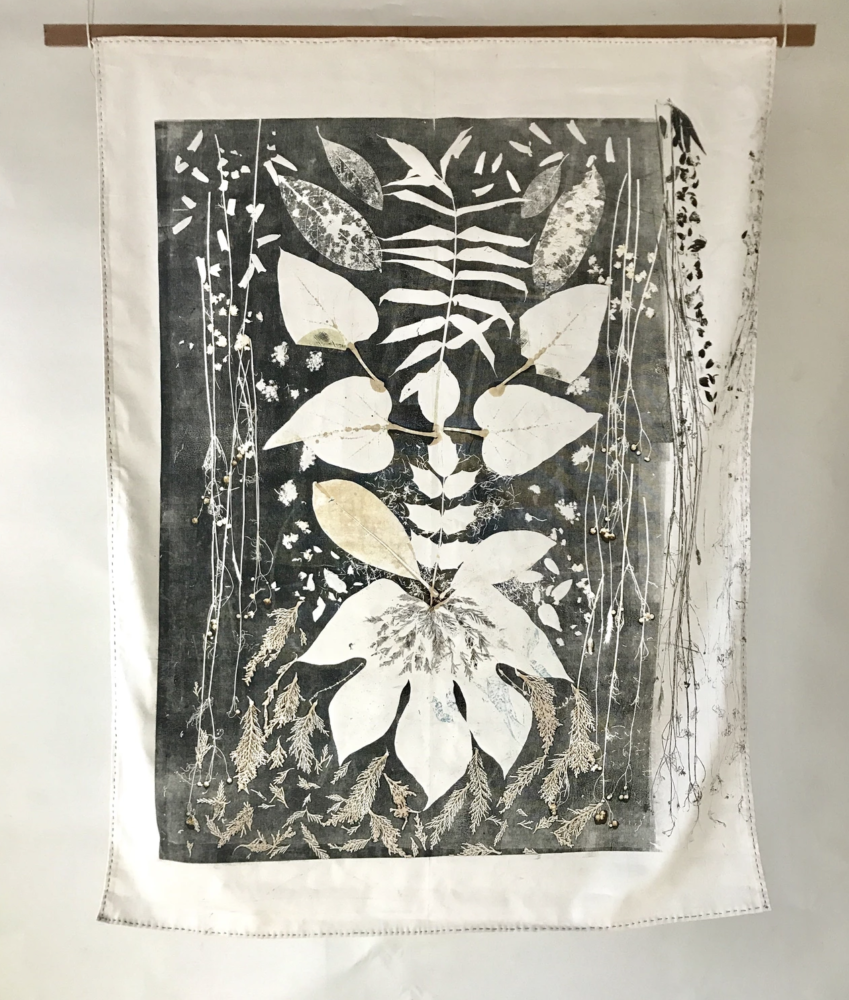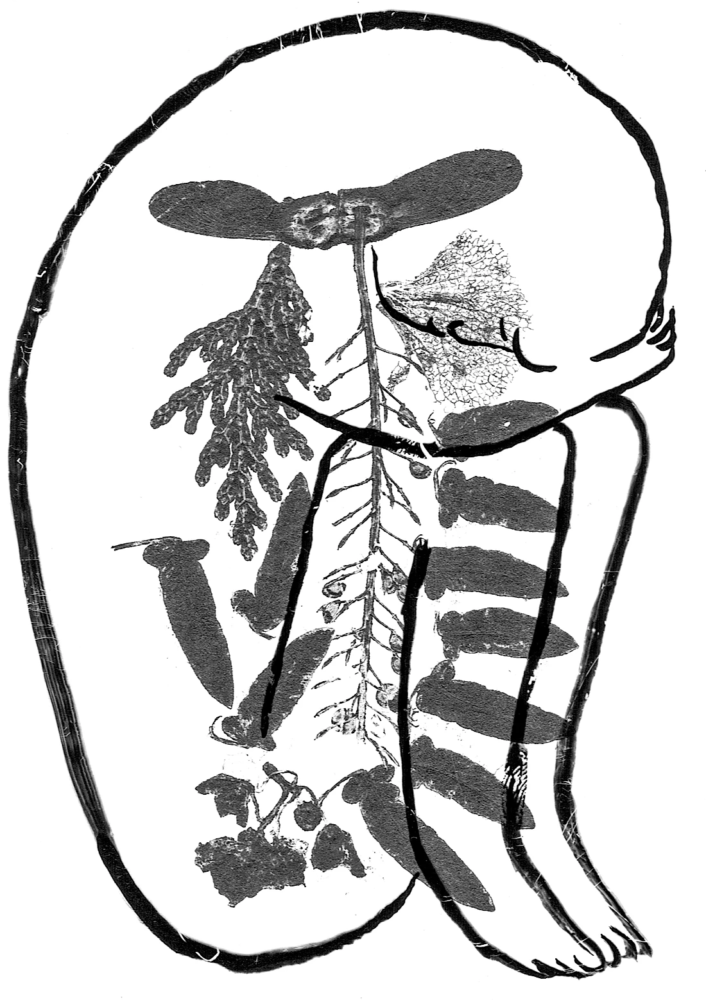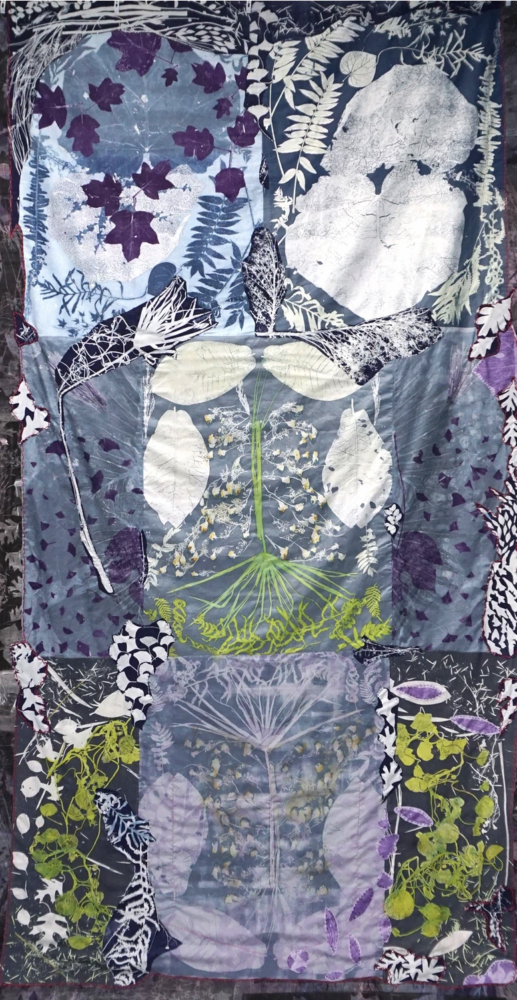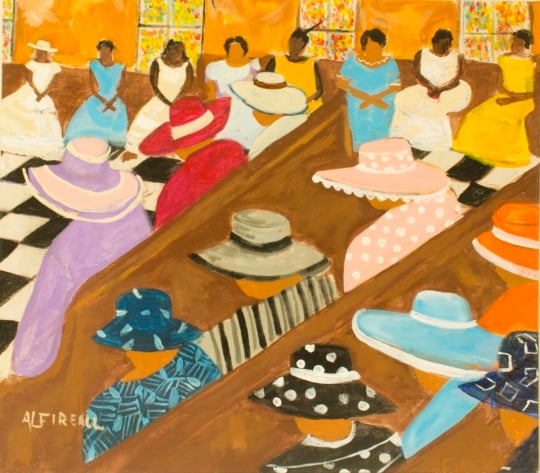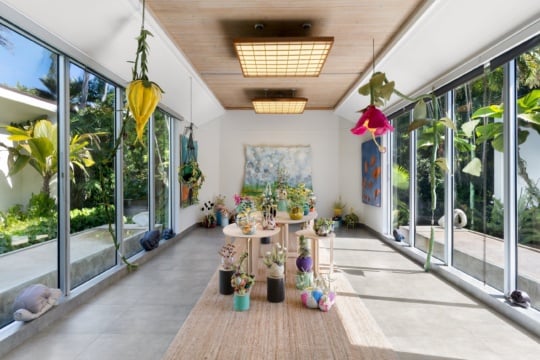In our feature Take Five, Burnaway highlights five artists we’re excited about who are working in the South or are from the region. In this edition celebrating the fiftieth anniversary of Earth Day, we consider artists who are making work that involves the natural world and environmental concerns.
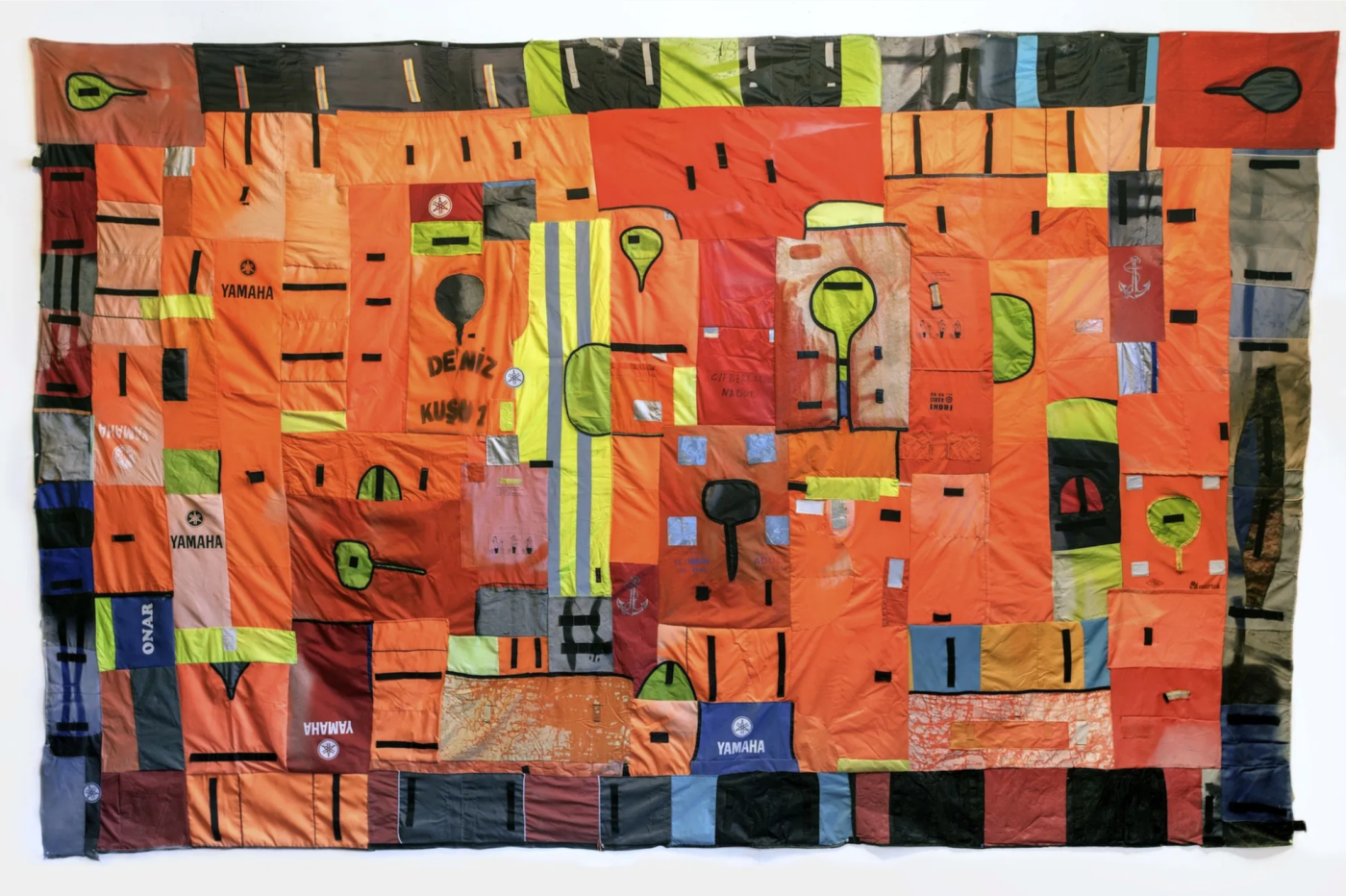
Pam Longobardi
Pam Longobardi’s Drifters Project began in 2006 after the artist was alarmed to discover large heaps of plastic on remote Hawaiian beaches. Since then, Longobardi has worked with local communities around the world to clean beaches and create scores of art interventions. Longobardi often creates large-scale sculptural installations using these repurposed plastics through a process that she pursues as “part artist, part archeologist, part forensic scientist.” Her work has been featured in exhibitions including State of the Art at the Crystal Bridges Museum of American Art (2014) and in solo exhibitions at Sandler Hudson Gallery and Hathaway Contemporary in Atlanta. She has an ongoing collaboration supported by the Ionion Center for Art and Culture in Metaxata, Kefalonia, Greece, and has been named Artist-in-Nature by the Oceanic Society.
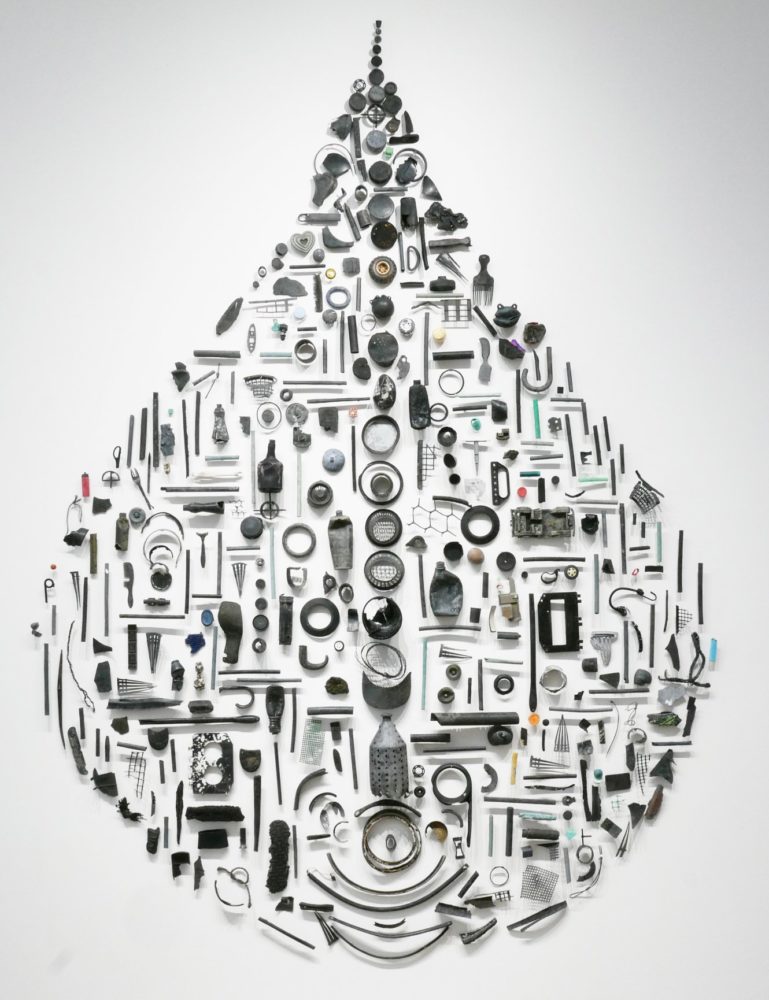
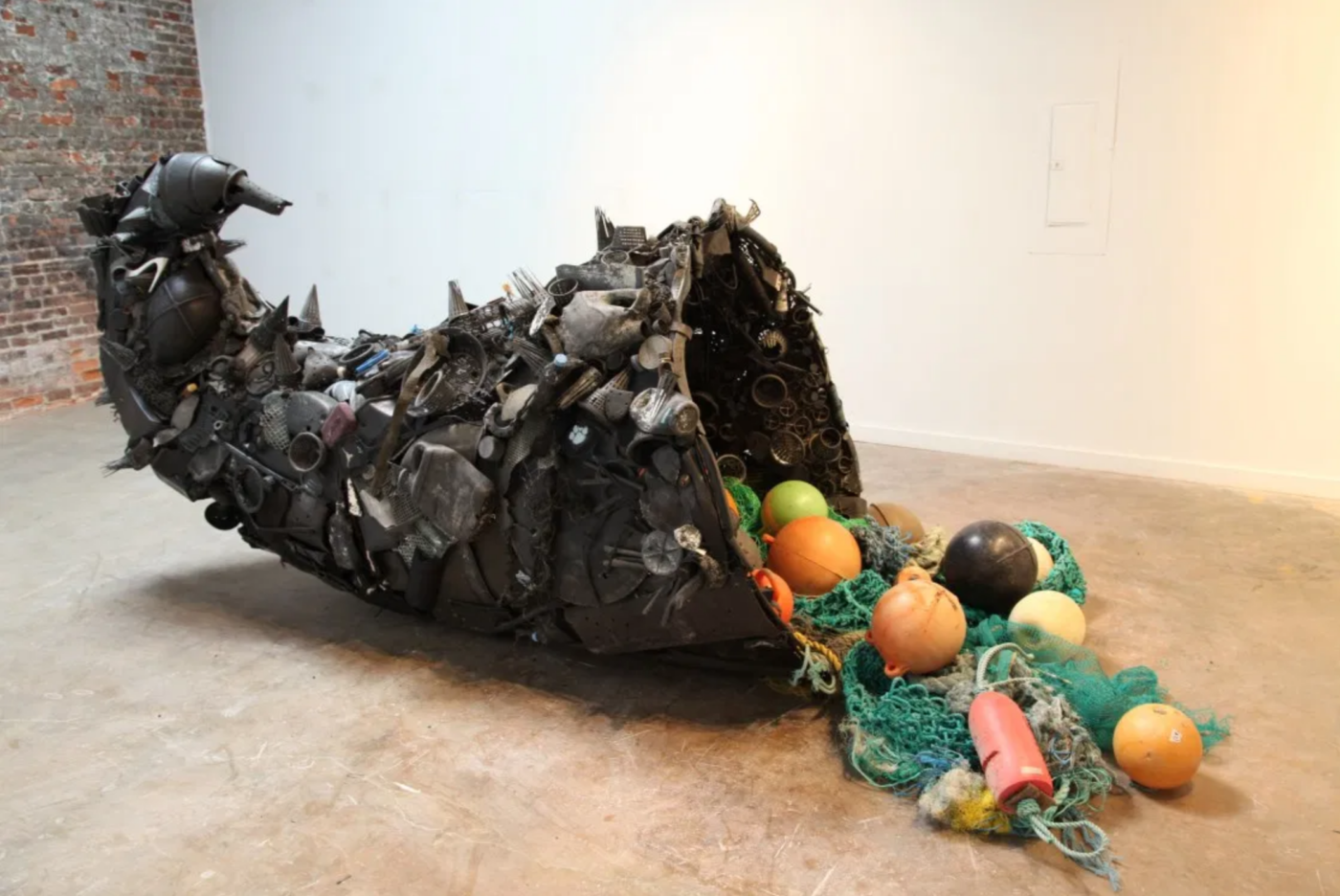
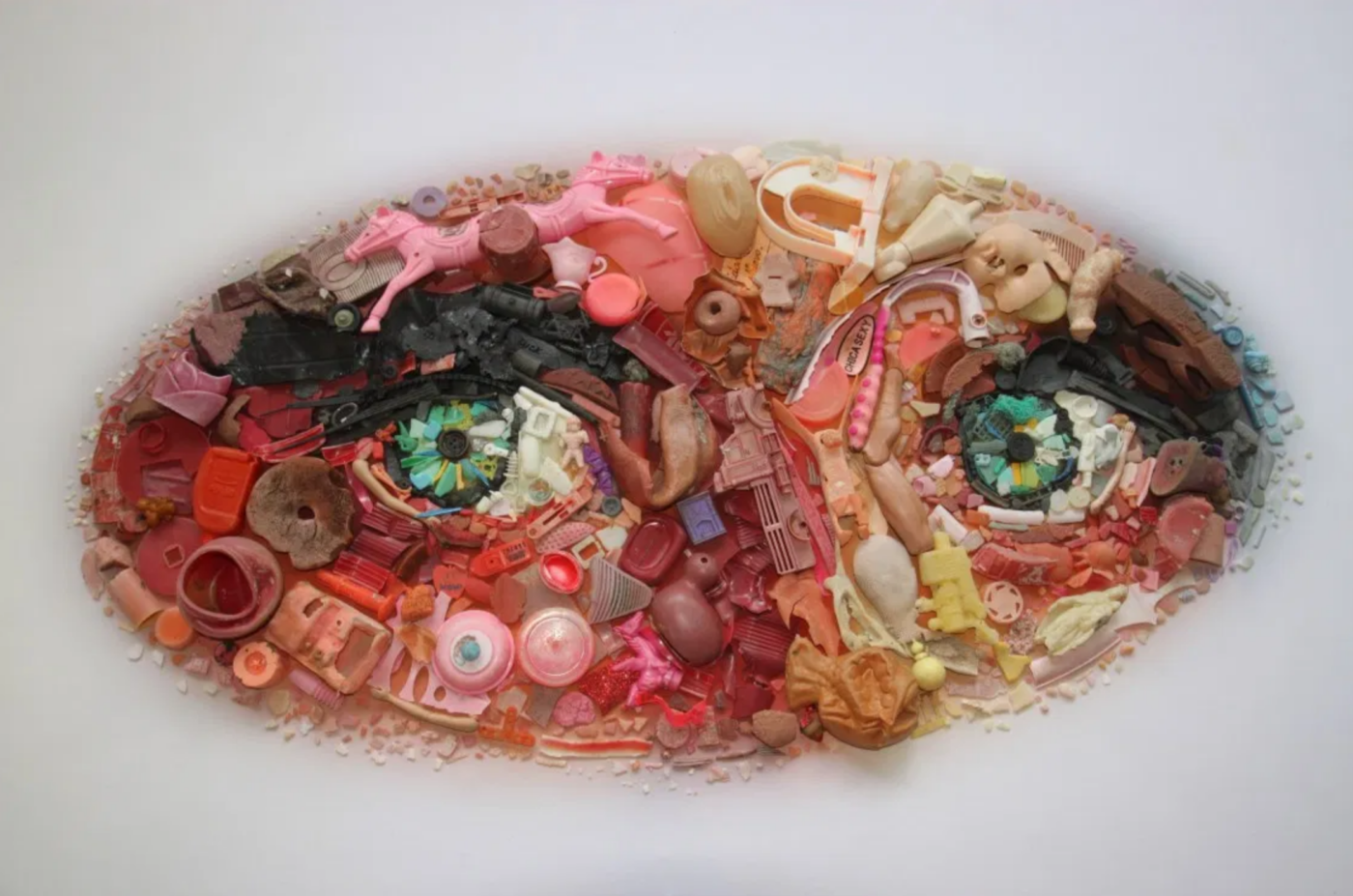
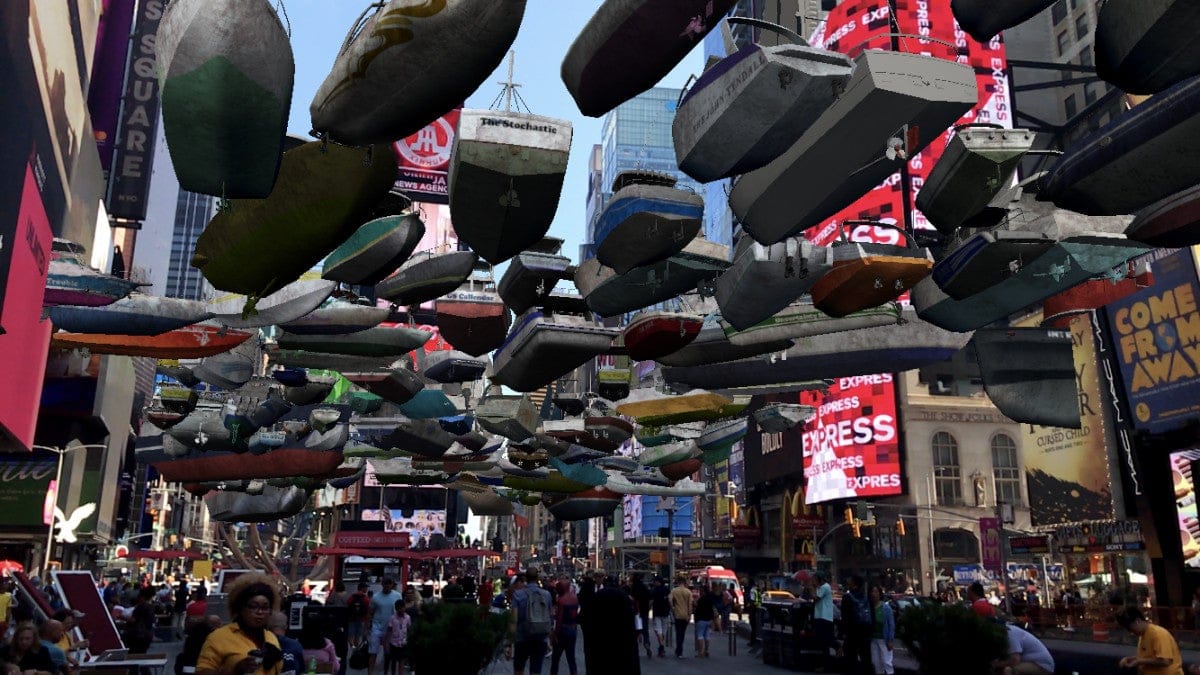
Mel Chin
Mel Chin, a 2019 MacArthur “genius” grant recipient, has been making art about the changing environment and our relationship to —and our destruction of—it for decades. Positioning his work in relation to disciplines including ecology, politics, and viral methodology, Mel Chin has used technological interfaces, dollar bills, and sculpture to illustrate the violence and delight within the natural world. For his SEA TO SEE installation at the Mint Museum in Charlotte, North Carolina, Chin animated oceanographic data of both the Pacific and Atlantic oceans, encouraging scientists working in the field of oceanography to contribute unique data to further explore the relationship between art, science, and environmental destruction.
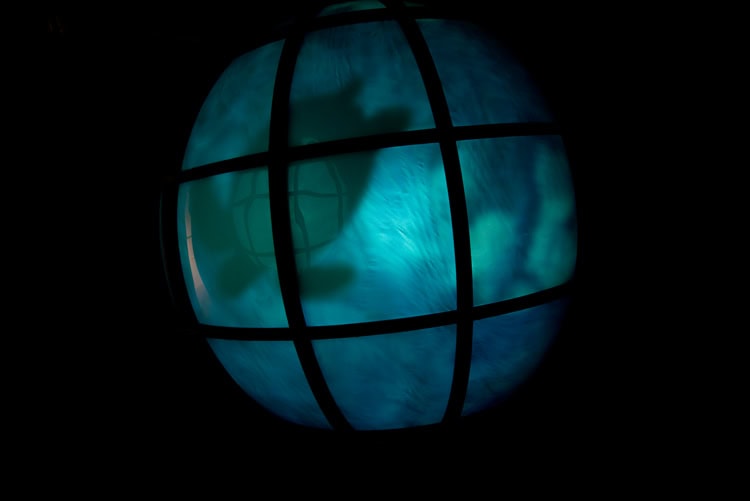
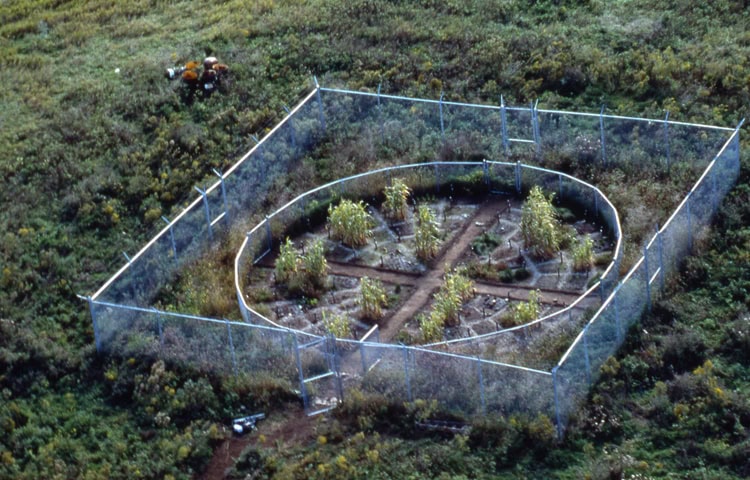


Erin Johnson
Blending narrative and documentary approaches to filmmaking, Erin Johnson employs video to capture site-specific performances often relating to histories of nationalism and power structures. Erin’s most recent work, There are things in this world that have yet to be named, combines footage of Australian wildfires with footage of botanists as they classify an Australian bush tomato which evaded classification for many decades due to its unpredictable and unstable sexual expression. Heavy Water, her 2019 solo exhibition at the Telfair Museum in Savannah (reviewed by the magazine here), examined the Savannah River Site, a national nuclear weapons facility and environmental research park that serves as the habitat for free-rage wild dogs called Carolina dogs. Two timelines converge in Heavy Water: that of radioactive waste and that of the Carolina dogs, whose ancestry reaches back 8,000 years.
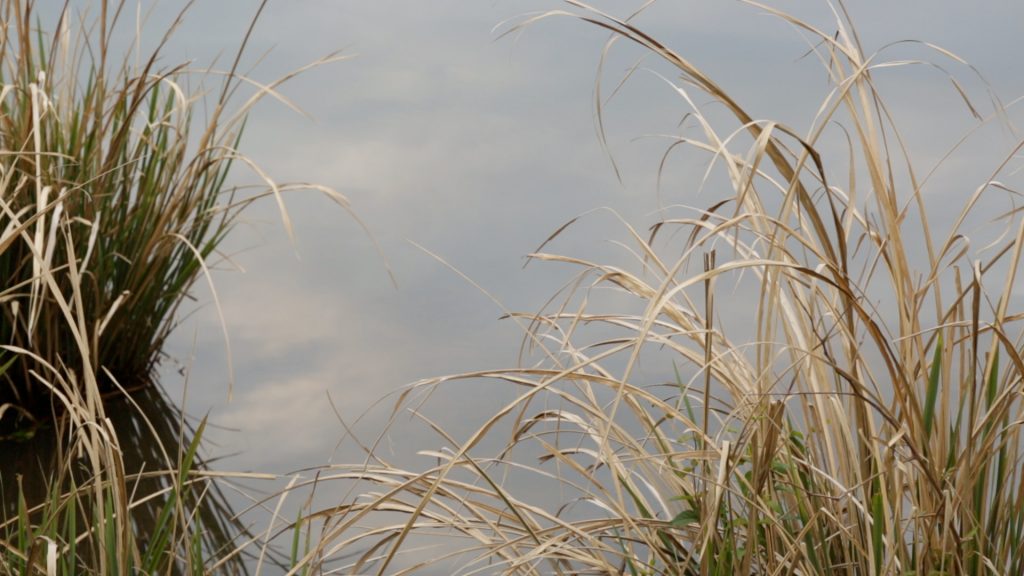

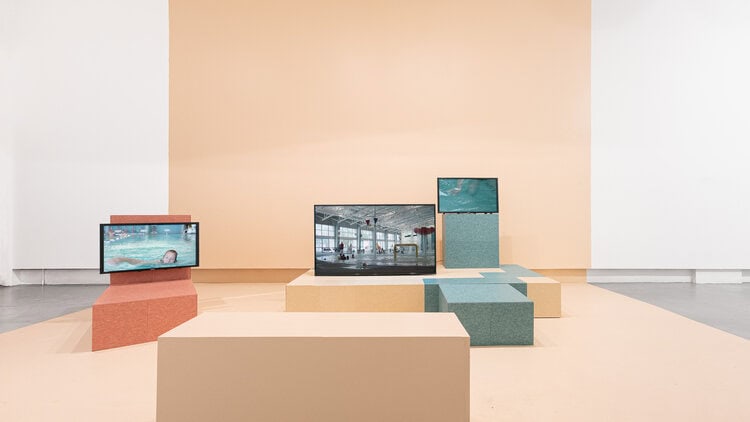
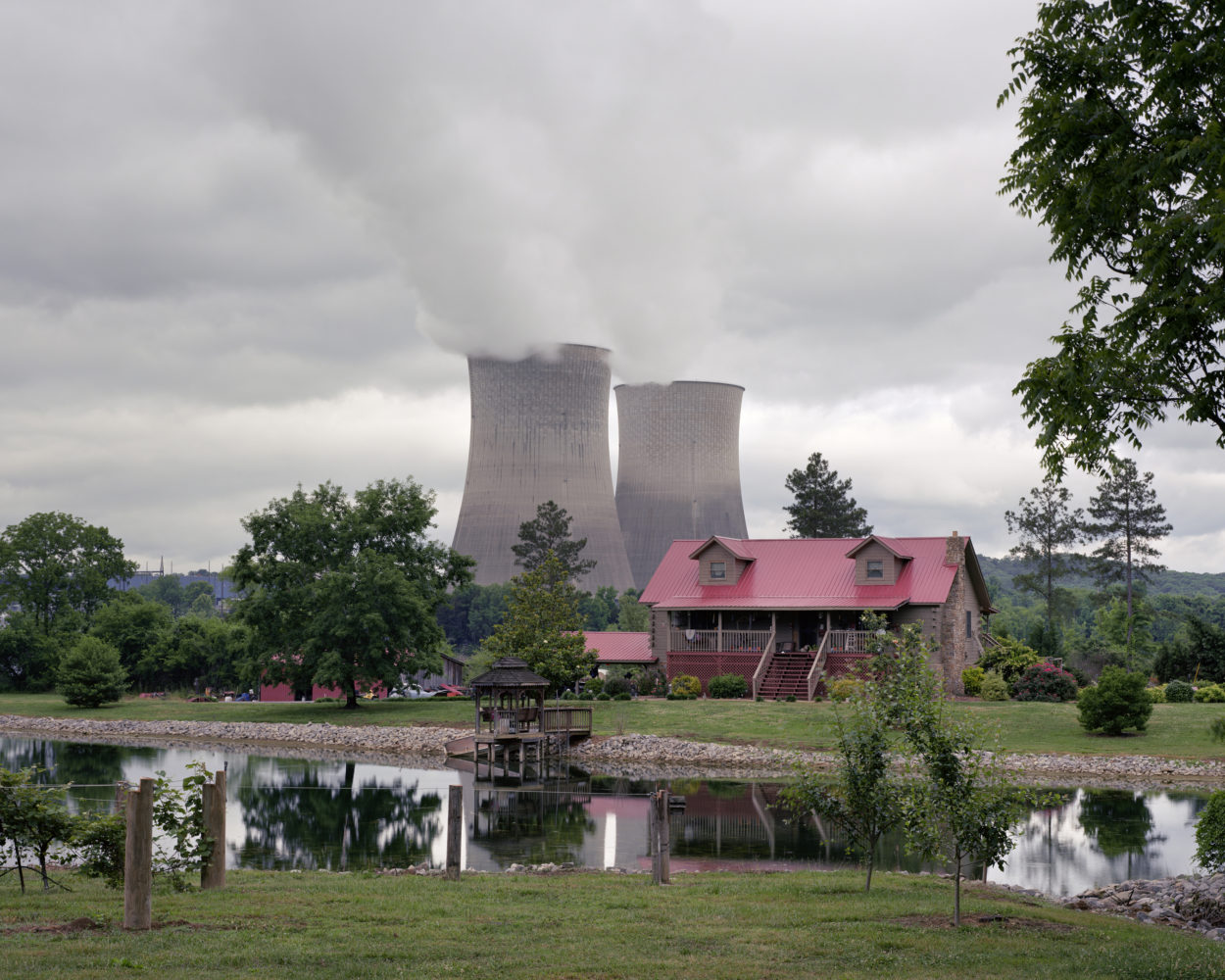
Jeff Rich
Nuclear fuel plants, dams, mills, and hydroelectric power facilities—massive pollutants along watersheds throughout the Southeast—are the main subjects of Jeff Rich’s photography. His images document the effects of these pollutants on the land, politics, and people, capturing loss and pain as well as beauty and reverence. Rich’s Watershed project follows the Mississippi River, the French Broad River, and the Tennessee River, all of which have varied histories of pollution and neglect but have also seen great efforts by locals to clean up the messes of nearby corporations and develop sustainable practices for protecting the river.
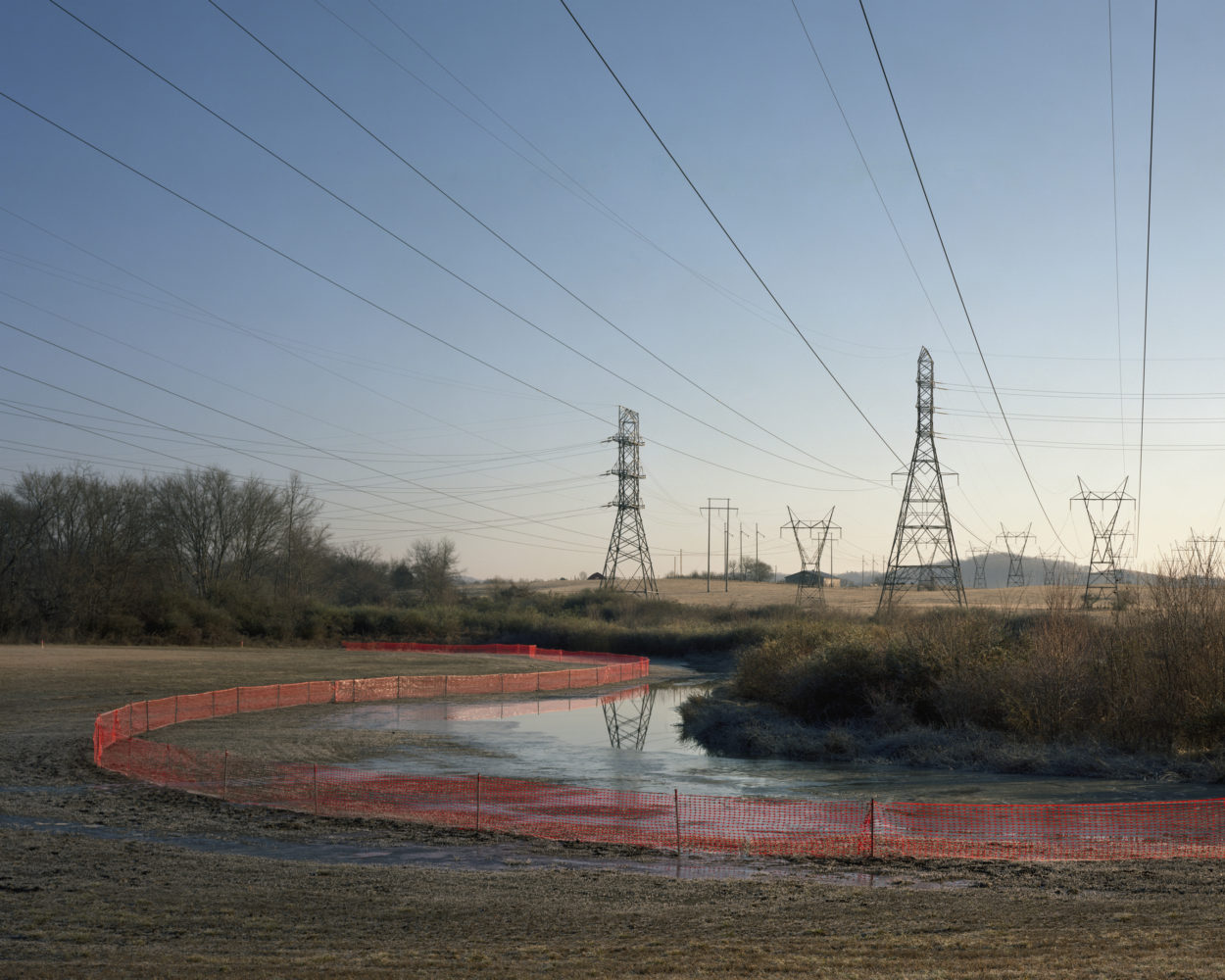
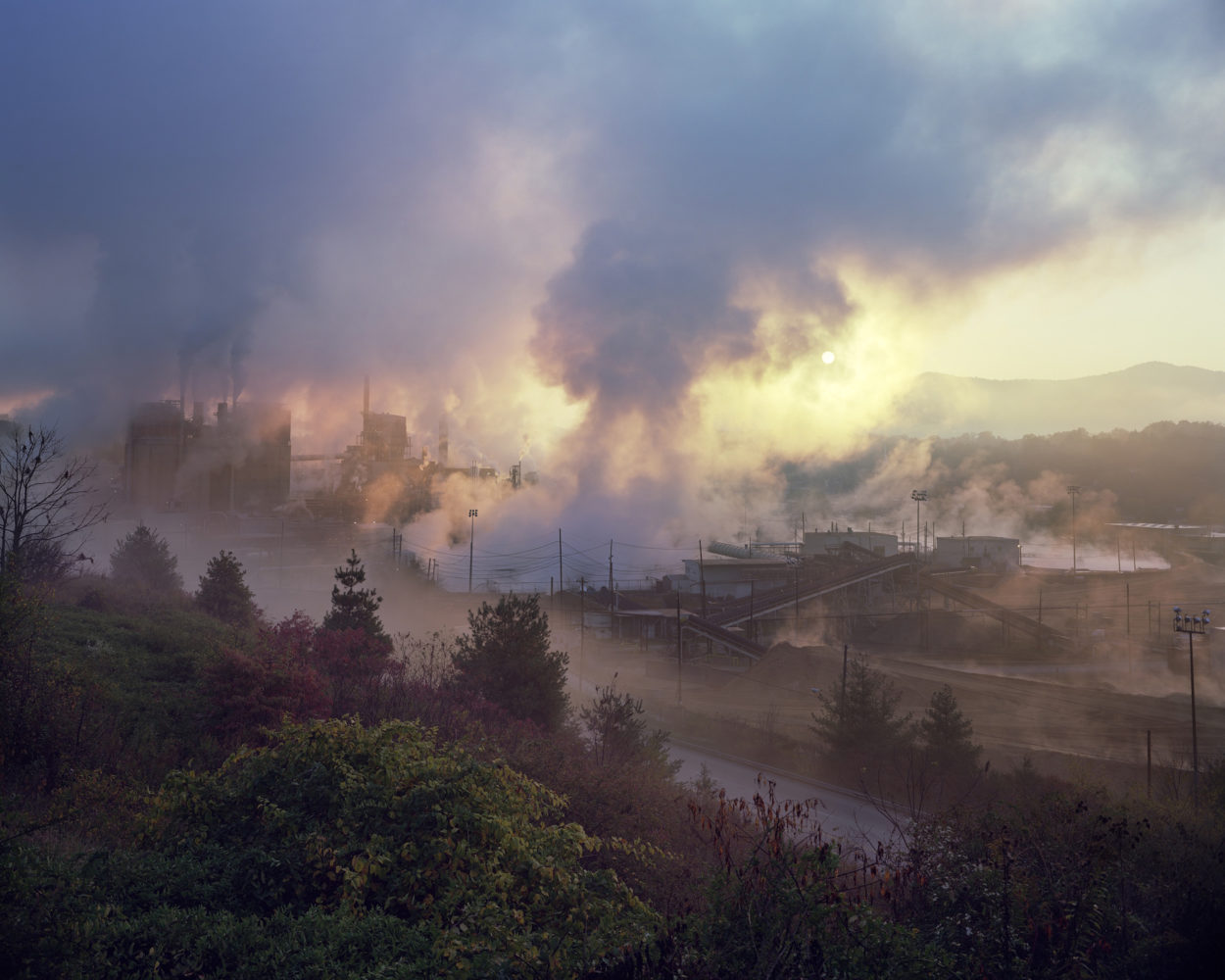

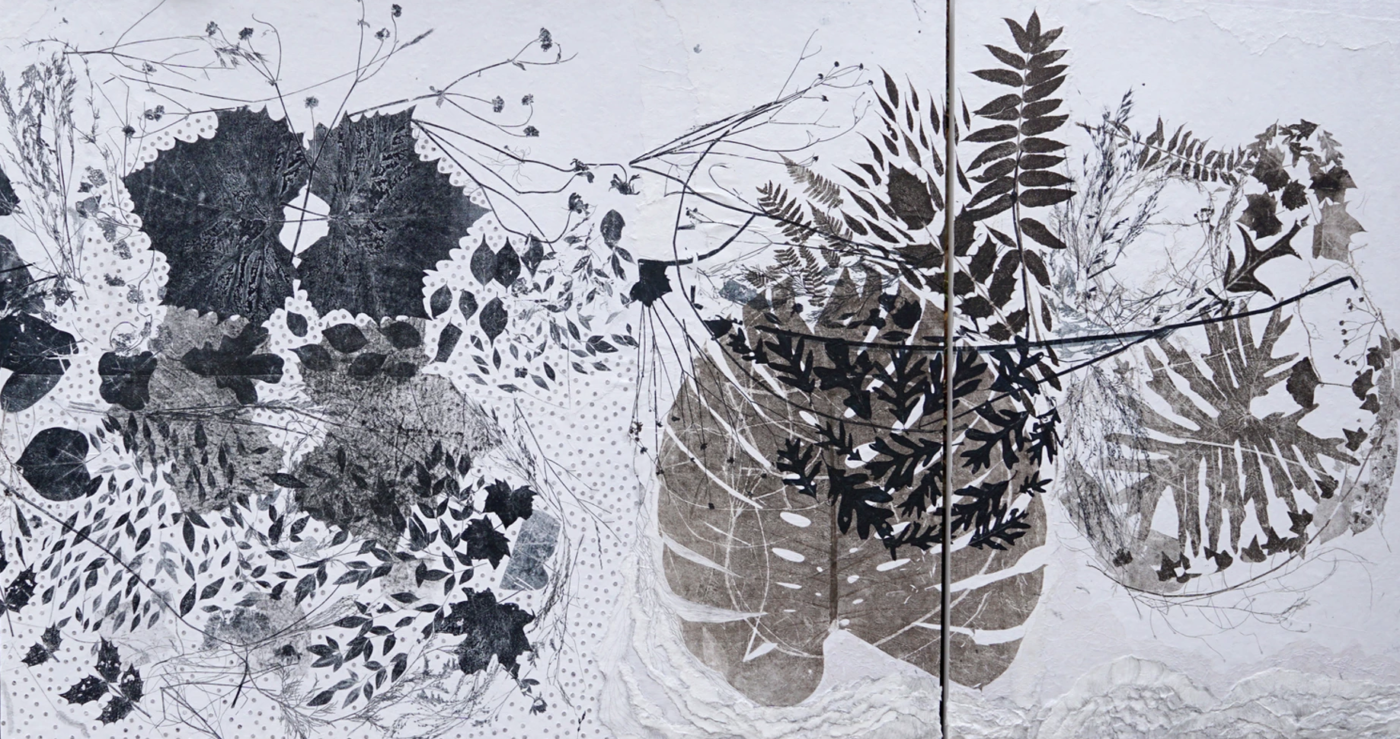
Celeste Pfau
Birmingham-based artist Celeste Pfau gathers flowers, foliage, seeds, and roots to compose large botanical monotype prints. In using foliage as the key compositional tool in her work, Celeste creates garments, performances, prints, and installations that visually echo her natural surroundings. The flatness of her monoprints resembles a botanists’ catalogue of specimens preserved for research. In many of her drawings, monoprints of plants are used to shade in her compositions, and a sense of oneness between people and plants emerges.
